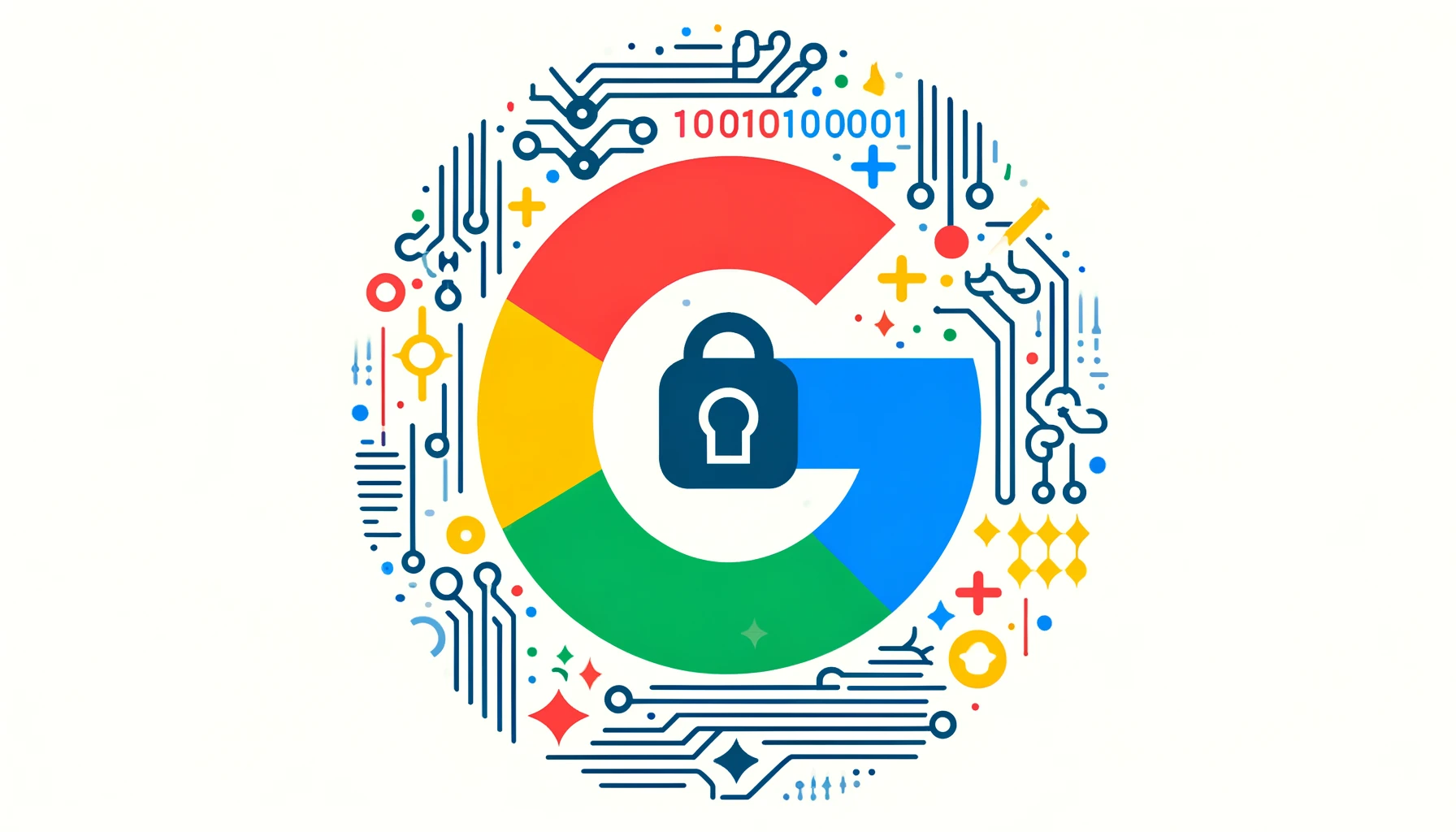
In an effort to redefine cybersecurity approaches for organizations worldwide, Google has introduced its latest innovation, Google Threat Intelligence. This initiative marks a significant step forward in harnessing the power of generative AI to bolster cybersecurity defenses. As the applicability of AI broadens from creating visual content to addressing real-world challenges, Google’s new product is set to revolutionize how cybersecurity measures are implemented and managed.
Google Threat Intelligence combines the vast capabilities of Google’s Mandiant cybersecurity unit with the extensive threat data accrued from VirusTotal. The cornerstone of this new initiative is the Gemini 1.5 Pro, a state-of-the-art large language model. According to a recent blog post by Google, Gemini 1.5 Pro has already demonstrated its prowess by decoding the infamous WannaCry virus code in a mere 34 seconds, uncovering a critical kill switch. This ransomware wreaked havoc across various sectors in 2017, severely impacting hospitals, businesses, and other organizations globally.
Key Features and Benefits:
- Speed and Efficiency: Gemini 1.5 Pro’s ability to quickly analyze and reverse malware attacks significantly reduces response times.
- Natural Language Processing: Converts complex threat reports into concise, understandable summaries.
- Broad Information Network: Leverages a widespread network of data to enhance monitoring and preemptive threat detection.
- Expertise and Consultation: Utilizes Mandiant’s renowned expertise in tracking malicious groups and offering strategic defense consultations.
Comparison of Malware Analysis Times
| Malware | Traditional Analysis Time | Gemini 1.5 Pro Analysis Time |
|---|---|---|
| WannaCry Ransomware | Several hours | 34 seconds |
| XYZ Malware (hypothetical) | Up to 1 day | 45 seconds |
Google’s approach extends beyond mere malware decoding. The capabilities of Gemini encompass the condensation of extensive threat reports into digestible summaries through the Threat Intelligence interface. This tool is designed to assist companies in accurately assessing the potential impact of threats, thus preventing overreactions or underestimations. Furthermore, the integration of a broad information network enhances the ability to monitor and preempt potential threats effectively.
The involvement of the Mandiant team, which played a pivotal role in exposing the 2020 SolarWinds cyberattack, adds a layer of human expertise in tracking malicious groups and consulting on defense strategies. Additionally, the VirusTotal community contributes significantly by continuously updating threat indicators, thereby enriching the database used for threat analysis.
Recognizing the vulnerabilities inherent in AI systems themselves, Google plans to leverage Mandiant’s expertise to assess and fortify AI-related security defenses. A significant part of this initiative is the development of a Secure AI Framework, where Mandiant will evaluate AI models’ defenses and assist in red-teaming activities to pinpoint vulnerabilities. A notable threat to these AI systems is “data poisoning,” where corrupt code is introduced into the datasets used by AI, potentially crippling the AI’s response mechanisms.
The development of AI applications in cybersecurity is not exclusive to Google; Microsoft has also entered the arena with its Copilot for Security, powered by GPT-4 and a specialized cybersecurity AI model. However, the long-term effectiveness and viability of these AI applications remain under scrutiny. The move towards using AI for more than generating visuals signals a significant shift towards practical, impactful applications in the technology industry, emphasizing the potential of AI to transform traditional cybersecurity methodologies.
As the landscape of cyber threats becomes increasingly complex, the integration of AI into cybersecurity solutions like Google Threat Intelligence represents a forward-thinking approach to protecting digital infrastructures. The ability of AI to rapidly analyze and respond to cyber threats offers a promising enhancement to conventional security measures, potentially setting a new standard in the industry. As these technologies evolve, the anticipation of their impact continues to grow, underscoring a pivotal shift in how cybersecurity challenges are addressed in an increasingly digital world.
Related News:
Featured Image courtesy of DALL-E by ChatGPT
